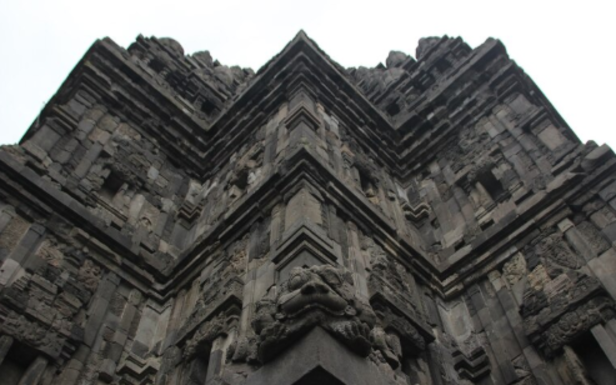Why Jagannath’s Flag Always Flies Against the Wind: The Divine Mystery
Nidhi | Jan 16, 2025, 20:53 IST
( Image credit : Timeslife )
The Jagannath Temple in Puri, Odisha, is a marvel of devotion and mystery. Among its most intriguing phenomena is the temple flag, the Patitapavana Bana, which defies natural laws by fluttering against the wind. This article explores the spiritual significance, scientific theories, and rituals surrounding the flag, along with other mysteries of the temple, such as its bird-free airspace and shadowless noon. Discover how this sacred site continues to captivate millions, blending faith and wonder.
The Jagannath Temple in Puri, Odisha, stands as a monumental testament to India's rich spiritual heritage and architectural prowess. Among its many intriguing aspects, the temple's flag, known as the Patitapavana Bana, captivates both devotees and visitors due to its seemingly inexplicable behavior: it consistently flutters against the prevailing wind direction. This article delves into this phenomenon, exploring its spiritual significance, the rituals associated with it, and potential scientific explanations. Perched atop the temple's 214-foot spire, above the sacred Nila Chakra (a blue discus), the Patitapavana Bana serves as a beacon of divine presence and protection. The flag is traditionally changed twice daily—once in the morning and once in the evening—by designated temple servitors known as Chuna Garuda Sevaks. These individuals undertake the perilous task of ascending the temple's steep structure without the aid of safety harnesses, a ritual that has been performed for over 800 years.

This daily ritual, known as the Chunara Seva, is not merely a ceremonial act but a profound expression of unwavering devotion. The act of replacing the flag is believed to ensure the continued blessings of Lord Jagannath, with local lore suggesting that if the ritual is skipped even for a single day, the temple may face dire consequences.
One of the most mystifying aspects of the Patitapavana Bana is its tendency to flutter against the wind. This defiance of natural wind patterns has led many to view it as a manifestation of divine will, reinforcing the temple's sanctity and the deity's omnipotence.
While the spiritual interpretation holds profound significance for devotees, several scientific theories have been proposed to explain this phenomenon:
The temple is renowned for several other phenomena that intrigue visitors:
The Patitapavana Bana: Symbolism and Rituals

Temple
( Image credit : Freepik )
This daily ritual, known as the Chunara Seva, is not merely a ceremonial act but a profound expression of unwavering devotion. The act of replacing the flag is believed to ensure the continued blessings of Lord Jagannath, with local lore suggesting that if the ritual is skipped even for a single day, the temple may face dire consequences.
The Enigma of the Flag's Behavior
Scientific Perspectives
- Aerodynamics of the Temple Structure: The unique architecture of the temple, particularly its domed spire, may influence wind flow around it. The blunt shape of the temple's towers can cause the wind to move upward and around them, creating eddies that might cause the flag to flutter in unexpected directions.
- Kármán Vortex Effect: This phenomenon occurs when wind flows past a large, blunt object, creating swirling vortices. These vortices can alter the local wind direction near the object, potentially causing the flag to flutter against the prevailing wind direction.
Other Mysteries of the Jagannath Temple
- No Shadow at Noon: It's often claimed that the temple casts no shadow at noon, a phenomenon that adds to its mystical allure. However, this claim lacks scientific verification and may be attributed to the temple's architectural design.
- Bird-Free Zone: Another popular belief is that birds do not fly over the temple, which some interpret as a sign of its sanctity. This claim, however, is anecdotal and lacks empirical evidence.
- The Sudarshan Chakra's Visibility: The temple's Sudarshan Chakra is said to appear the same from all directions, a feat of ancient engineering that continues to amaze visitors.
